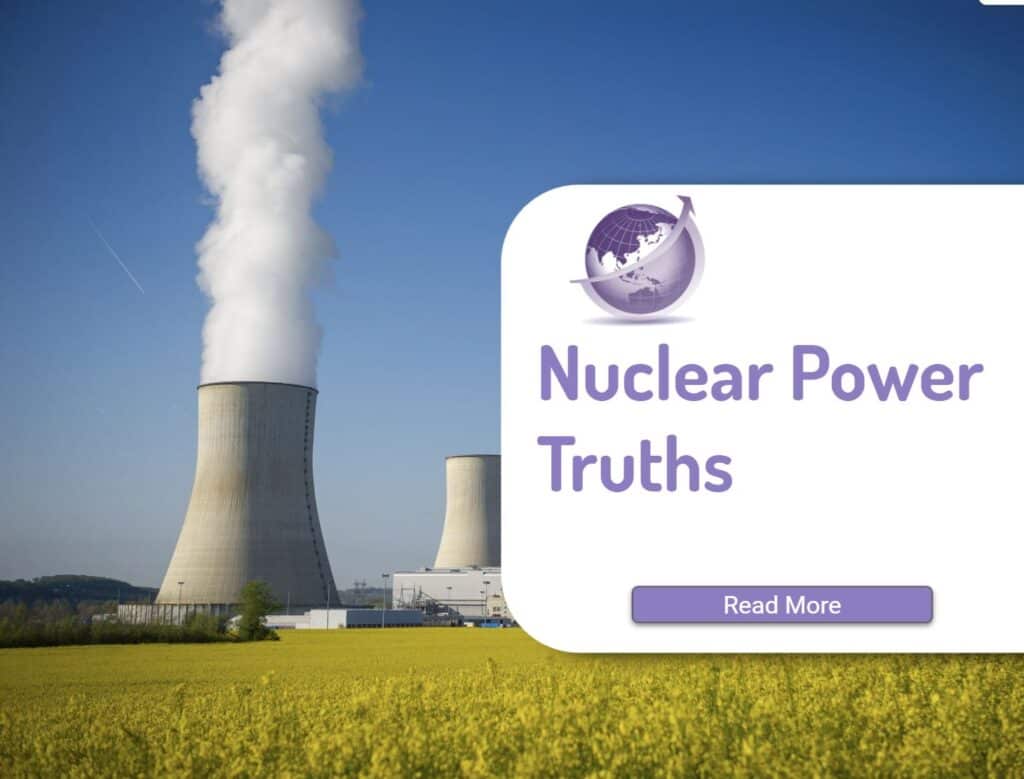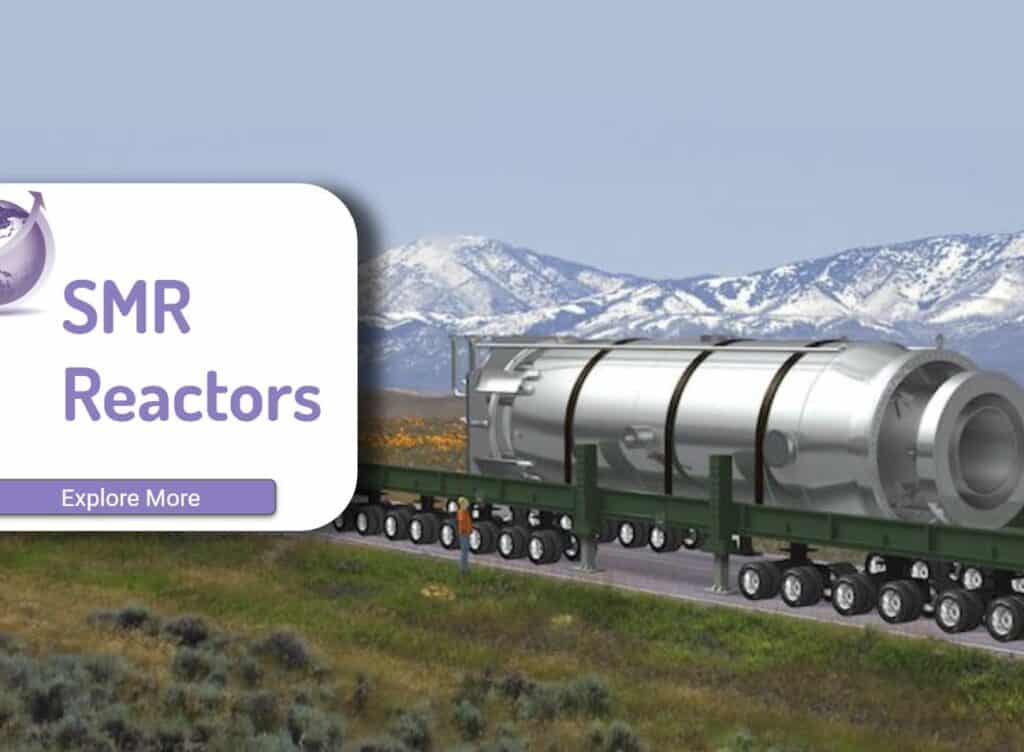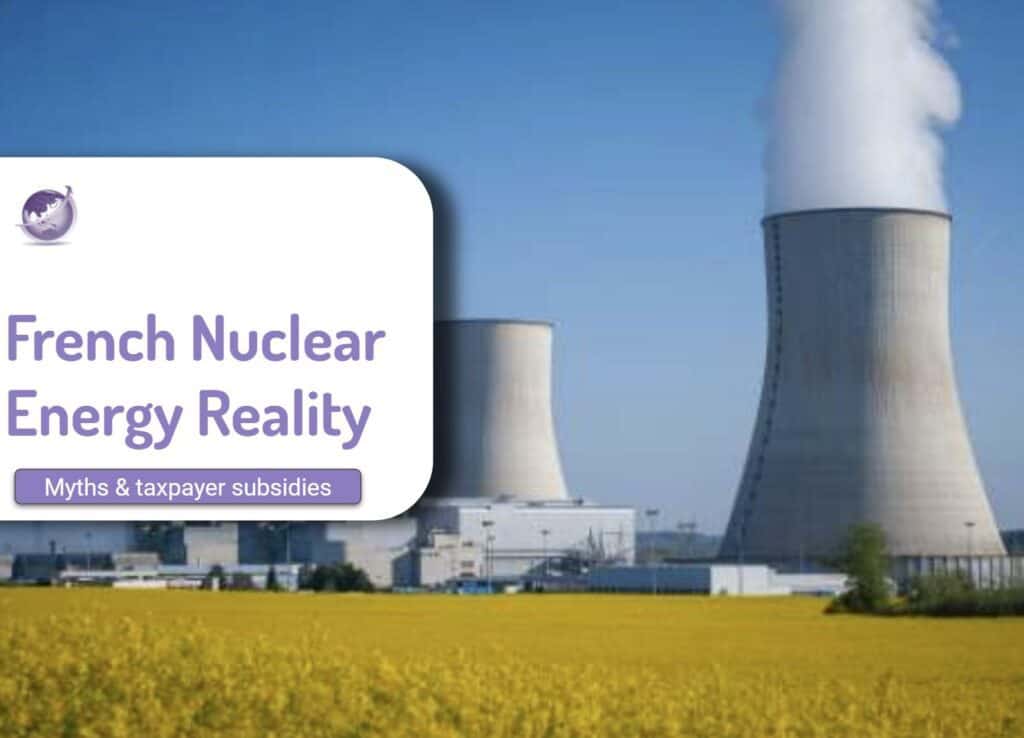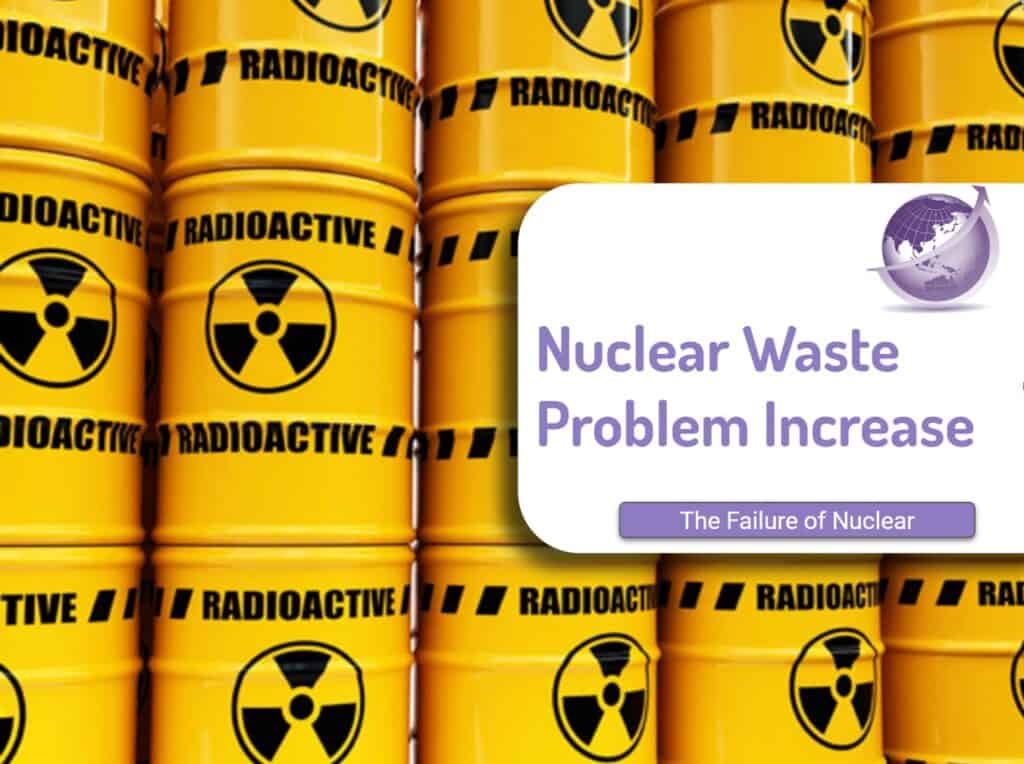It appears many nuclear proponents lack economics and throw out data that is just patently wrong. There are 15 myths of nuclear . One claim made is there enough uranium in the sea to meet the needs of nuclear power plants. Uranium can not be extracted economically from seawater any more than gold can. Uranium is 3 parts per billion in seawater. Gold in seawater 50 parts per billion. The ocean contains 20 million tons of gold dissolved in seawater – that is $771 trillion dollars worth. But it costs $2,170,000 an ounce to extract gold from seawater and gold is currently selling for $1,858.00 an ounce.
The same principle applies to uranium only the economics are worse. There is around 40 trillion tons of uranium in Earth’s crust. Most is distributed at low parts per million trace concentration over its 3×1019 ton mass. Estimates of concentrated into ores affordable to extract for under $130 per kg is less than a millionth of that total. At the current rate of uranium consumption with conventional reactors, the world supply of viable discovered uranium is <80 years. Longer estimates rely on discovering some undiscovered supplies somewhere.
Here is an article from Physics that says nuclear will never provide a solution. Physics Org
Breeder Reactor Nuclear Proponents Lack Economics as Well
As far as breeder reactors go breeder reactors are costly to build and operate. Capital costs (per kW) of generating capacity of demonstration liquid sodium-cooled fast reactors have typically twice water-cooled reactors of comparable capacity. Water-cooled reactors are already 4 times more expensive than renewables like wind and solar. (Lazard Costs)

Breeder reactors use highly enriched fuels, which pose the danger of critical accidents. They also work at a very high temperature and a fast pace. Plutonium persists for a long time in the environment, with a half-life of 24,000 years, and is highly toxic, causing lung cancer even if a small amount is inhaled. Breeder reactors are more dangerous than conventional reactors, because: (1) they produce more plutonium-239, with half-life of 24,000 years, which can be used to make nuclear weapons; (2) they use as a coolant liquid sodium, which is a very dangerous metal: e.g. it explodes when it comes into contact with water.
https://phys.org/news/2011-05-nuclear-power-world-energy.html?
References and Sources
See the questions asked and answered on the ABC Ask an Expert
Both conventional reactors and fast breeders produce large quantities of high-level nuclear wastes that stay dangerous for at least 100,000 years.
Breeder reactors are more dangerous than conventional reactors, because:
(1) they produce more plutonium-239, with half-life of 24,000 years, which can be used to make nuclear weapons;
(2) they use as a coolant liquid sodium, which is a very dangerous metal: e.g. it explodes when it comes into contact with water.
The major pronuclear report by MIT (2003), “The Future of Nuclear Power” — see http://web.mit.edu/nuclearpower/ — considers that fast breeders will not be a significant part of the nuclear industry for several decades, because they are even more expensive than conventional nuclear power stations. One of the reasons why they are more expensive is that they are more dangerous.
– Dr Mark Diesendorf, Institute of Environmental studies, UNSW
New Nuclear Versus Existing Nuclear
There are about 440 nuclear reactors providing about 10% of global electricity. In 2021 nuclear plants supplied 2653 TWh of electricity (10.1%)
Should there be new nuclear. No. Wind and solar are the cheapest form of energy.
Should existing nuclear continue? The answer is hotly debated but if the governments continue to subsidize nuclear that subsidy should be to build Water Wind and Solar. Subsidies simply prolong the 3 x costs that consumers pay. But there should be no move to close down existing nuclear until coal and gas has gone. But not subsidized.

For more discussion check out Mark Jacobson peer reviewed papers
https://web.stanford.edu/group/efmh/jacobson/Articles/I/NYNuclearVsRenewables.pdf









